Home>Furniture & Design>Interior Design Trends>Why Are Materials Such As Glass And Rubber Good Insulators
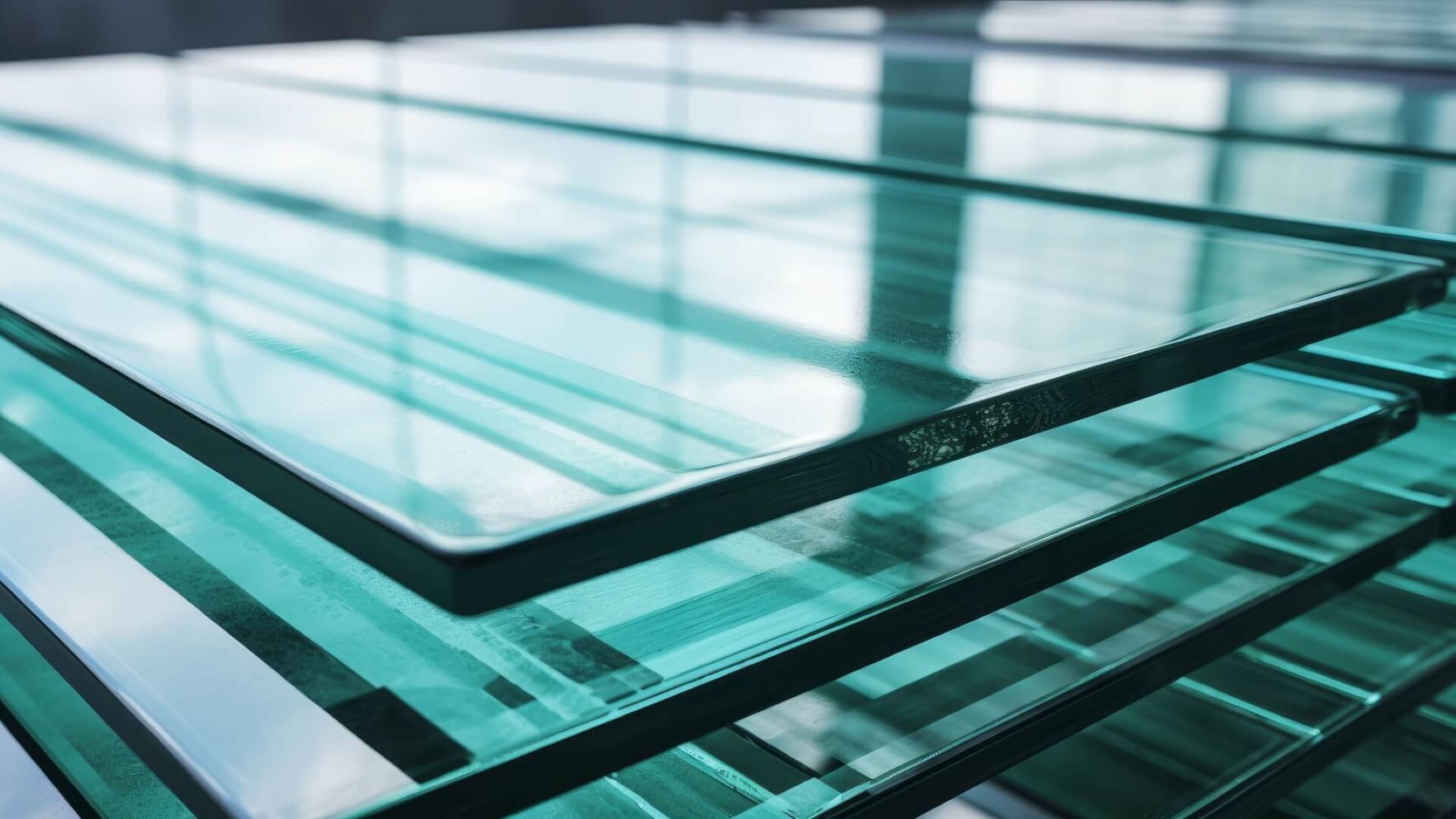

Interior Design Trends
Why Are Materials Such As Glass And Rubber Good Insulators
Published: February 5, 2024
Discover why materials like glass and rubber are excellent insulators and how they can enhance interior design trends. Learn more about the benefits of these insulating materials.
(Many of the links in this article redirect to a specific reviewed product. Your purchase of these products through affiliate links helps to generate commission for Storables.com, at no extra cost. Learn more)
Introduction
When it comes to insulating materials, the choices are vast and varied. From traditional options like glass to more modern alternatives such as rubber, the world of insulation is as diverse as it is fascinating. Understanding the properties and applications of these materials is crucial for anyone seeking to optimize energy efficiency, maintain comfortable indoor environments, and ensure the safety of electrical systems.
Glass and rubber are two widely used insulating materials, each with its own unique set of characteristics that make them valuable in different contexts. In this article, we will delve into the intricacies of glass and rubber as insulators, exploring what sets them apart and how they contribute to the world of insulation. By examining their properties, applications, and comparative advantages, we can gain a deeper appreciation for the role these materials play in enhancing the functionality and sustainability of various systems and structures.
As we embark on this exploration, it's important to recognize that the effectiveness of an insulating material is not solely determined by its ability to resist heat transfer. Factors such as durability, flexibility, and resistance to environmental factors also come into play. By shedding light on the unique attributes of glass and rubber, we can gain a comprehensive understanding of their contributions to insulation and the diverse ways in which they are utilized in real-world scenarios.
With this foundation in place, we can then delve into the specific properties that make glass and rubber exceptional insulators, the applications where they shine, and ultimately, gain a deeper appreciation for the role these materials play in shaping the modern world.
Key Takeaways:
- Glass and rubber are great insulators because they resist heat and electricity, last a long time, and can be used in many different ways, like in windows, electrical wiring, and industrial machinery.
- Glass is best for keeping things at the right temperature and safe from chemicals, while rubber is perfect for protecting against electricity, adapting to movement, and resisting weather and chemicals.
Read more: Why Is Glass A Good Insulator
What Makes Glass a Good Insulator
Glass, a material renowned for its transparency and versatility, also possesses remarkable insulating properties. Its effectiveness as an insulator stems from several key characteristics:
-
Thermal Resistance: Glass exhibits high thermal resistance, meaning it can impede the transfer of heat energy. This property makes it valuable in applications where maintaining consistent temperatures is essential, such as in windows, skylights, and greenhouse enclosures.
-
Electrical Insulation: In addition to its thermal insulating properties, glass also serves as an excellent electrical insulator. Its ability to resist the flow of electrical current makes it indispensable in the construction of electrical components, including insulators for power lines, electrical enclosures, and circuit boards.
-
Chemical Inertness: Glass is chemically inert, meaning it does not react with most substances. This quality is advantageous in environments where exposure to corrosive or reactive materials is a concern. As a result, glass is commonly used in laboratory equipment, chemical storage containers, and industrial settings where resistance to chemical degradation is crucial.
-
Durability: Glass is known for its durability and longevity, making it a reliable choice for insulation in various applications. Its resistance to wear and tear ensures that it can maintain its insulating properties over extended periods, contributing to the sustainability and efficiency of the systems it serves.
-
Versatility: Glass can be shaped and formed into a wide array of configurations, allowing it to adapt to diverse insulation needs. Whether in the form of solid panes, fibers, or specialized coatings, glass can be tailored to suit specific requirements, further enhancing its effectiveness as an insulating material.
In summary, the unique combination of thermal resistance, electrical insulation, chemical inertness, durability, and versatility makes glass a highly effective insulator. Its presence in numerous industries and applications underscores its significance in maintaining energy efficiency, promoting safety, and enabling the functionality of various systems and structures.
What Makes Rubber a Good Insulator
Rubber, a versatile and resilient material, possesses exceptional insulating properties that make it indispensable in a wide range of applications. Its effectiveness as an insulator is attributed to several key characteristics:
-
Electrical Insulation: One of the most notable attributes of rubber is its outstanding electrical insulation properties. Due to its high resistance to the flow of electrical current, rubber is extensively utilized in electrical systems and equipment. It serves as a protective barrier in cables, wiring, and electrical devices, safeguarding against electrical shocks and short circuits. The ability of rubber to effectively isolate and contain electrical currents makes it a fundamental component in the safe and reliable operation of electrical infrastructure.
-
Flexibility and Resilience: Rubber's inherent flexibility and resilience contribute to its effectiveness as an insulator. These qualities allow rubber to conform to irregular shapes and surfaces, creating a secure and protective barrier against heat and electricity. In applications where insulation needs to adapt to dynamic conditions or undergo repeated stress, rubber's flexibility ensures that it can maintain its insulating properties without compromising its structural integrity. This makes rubber an ideal choice for insulating components that experience mechanical movement or vibration, such as in machinery, automotive systems, and industrial equipment.
-
Thermal Resistance: In addition to its electrical insulating capabilities, rubber also exhibits notable thermal resistance. This property enables rubber to mitigate heat transfer, making it valuable in applications where temperature control is essential. From insulating HVAC ducts and pipes to providing thermal barriers in appliances and machinery, rubber's ability to resist heat flow contributes to energy efficiency and the preservation of optimal operating conditions.
-
Weather and Chemical Resistance: Rubber's resilience extends to its resistance to environmental factors and chemical exposure. It can withstand harsh weather conditions, UV radiation, and exposure to various chemicals without deteriorating, making it suitable for outdoor and industrial applications. This durability ensures that rubber insulation can maintain its protective qualities over extended periods, contributing to the longevity and reliability of the systems it serves.
-
Sound Insulation: Beyond its thermal and electrical insulating properties, rubber also exhibits sound-dampening characteristics. This makes it valuable in applications where noise reduction is a priority, such as in building insulation, automotive components, and industrial machinery.
In summary, the combination of electrical insulation, flexibility, thermal resistance, weather and chemical resistance, and sound-dampening capabilities makes rubber a highly effective insulator. Its presence in diverse industries, from electrical engineering to construction and manufacturing, underscores its critical role in ensuring safety, efficiency, and reliability across a spectrum of applications.
Comparison of Glass and Rubber as Insulators
Glass and rubber, despite being distinct materials, both serve as valuable insulators in various applications. Understanding their comparative advantages can provide insights into the specific scenarios where each material excels.
Thermal and Electrical Insulation
Glass exhibits exceptional thermal resistance, making it well-suited for applications requiring temperature control, such as windows, skylights, and greenhouse enclosures. In contrast, rubber's flexibility and resilience make it ideal for electrical insulation in cables, wiring, and electrical devices, where it effectively contains electrical currents and safeguards against shocks and short circuits.
Read more: How To Patch Rubber Roof
Flexibility and Durability
Rubber's flexibility allows it to conform to irregular shapes and surfaces, making it suitable for insulating components that experience mechanical movement or vibration. On the other hand, glass's durability and chemical inertness make it a reliable choice for applications where resistance to corrosive or reactive materials is crucial, such as in laboratory equipment and chemical storage containers.
Environmental Resistance
Rubber's resilience to weather conditions and chemical exposure makes it a preferred choice for outdoor and industrial applications, where durability is paramount. In contrast, glass's chemical inertness and resistance to wear and tear contribute to its longevity and suitability for applications requiring consistent performance over extended periods.
Versatility and Adaptability
Glass's versatility allows it to be shaped and formed into various configurations, catering to diverse insulation needs. Conversely, rubber's sound-dampening capabilities make it valuable in applications where noise reduction is a priority, such as in building insulation and industrial machinery.
In summary, while glass excels in thermal and chemical resistance, electrical insulation, and versatility, rubber stands out in its flexibility, resilience, and weather resistance. The comparative analysis underscores the complementary nature of these materials, with each offering unique benefits that cater to specific insulation requirements across a spectrum of applications.
Applications of Glass and Rubber as Insulators
Glass and rubber, as versatile insulating materials, find extensive applications across diverse industries, contributing to energy efficiency, safety, and the functionality of various systems and structures.
Read more: How Long Does A Rubber Roof Last
Glass Insulation Applications
-
Architectural Glazing: Glass serves as a fundamental component in architectural glazing, providing thermal insulation and natural light transmission in buildings. Energy-efficient windows and skylights leverage the thermal resistance of glass to minimize heat transfer, reducing heating and cooling costs while creating comfortable indoor environments.
-
Greenhouse Enclosures: In horticulture and agriculture, glass is utilized in greenhouse enclosures to create controlled environments for plant growth. Its thermal insulating properties help maintain optimal temperatures, fostering plant growth and productivity.
-
Electrical Enclosures: Glass is employed in electrical enclosures and insulators, safeguarding electrical components from environmental factors and providing electrical insulation. Its ability to resist electrical current and environmental degradation makes it invaluable in ensuring the safety and reliability of electrical systems.
-
Laboratory Equipment: Glass's chemical inertness and durability make it a preferred material for laboratory equipment, including beakers, flasks, and containers. Its insulation properties and resistance to chemical reactions contribute to the safe handling and storage of various substances in laboratory settings.
Rubber Insulation Applications
-
Electrical Wiring and Cables: Rubber insulation is extensively used in electrical wiring and cables to provide electrical insulation and protection. Its flexibility and resilience allow it to conform to wiring configurations, ensuring the safe containment of electrical currents and mitigating the risk of electrical hazards.
-
Industrial Machinery: Rubber serves as an insulating material in industrial machinery, providing thermal and electrical insulation to components subjected to mechanical movement and vibration. Its ability to withstand environmental stressors and maintain insulating properties contributes to the reliable and safe operation of industrial equipment.
-
HVAC Systems: Rubber insulation is employed in heating, ventilation, and air conditioning (HVAC) systems to insulate ducts and pipes, minimizing heat loss and optimizing energy efficiency. Its thermal resistance helps maintain consistent temperatures within HVAC systems, reducing energy consumption and enhancing overall performance.
-
Automotive Applications: In the automotive industry, rubber insulation is utilized in wiring harnesses, gaskets, and seals to provide electrical and thermal insulation. Its resilience to environmental factors and flexibility make it essential for ensuring the reliable and durable performance of automotive components.
Cross-Industry Applications
-
Sound Insulation: Both glass and rubber find applications in sound insulation, contributing to noise reduction in buildings, vehicles, and industrial machinery. Glass is utilized in windows and partitions to dampen external noise, while rubber is employed in building insulation and automotive components to mitigate sound transmission.
-
Appliance Insulation: Glass and rubber are utilized in appliances such as ovens, refrigerators, and HVAC units to provide thermal insulation, ensuring energy efficiency and optimal operating conditions. Their insulating properties contribute to the performance and longevity of various household and commercial appliances.
In summary, the diverse applications of glass and rubber as insulators underscore their significance in enhancing energy efficiency, promoting safety, and enabling the functionality of systems and structures across industries. From architectural glazing and electrical enclosures to industrial machinery and appliance insulation, these materials play pivotal roles in shaping modern infrastructure and technology.
Conclusion
In conclusion, the properties and applications of glass and rubber as insulating materials highlight their indispensable roles in diverse industries and settings. Glass, with its exceptional thermal resistance, electrical insulation capabilities, and chemical inertness, serves as a versatile solution for architectural glazing, greenhouse enclosures, electrical enclosures, and laboratory equipment. Its ability to maintain energy efficiency, promote safety, and create controlled environments underscores its significance in modern infrastructure and technology.
On the other hand, rubber's flexibility, resilience, and outstanding electrical insulation properties make it a fundamental component in electrical wiring, industrial machinery, HVAC systems, and automotive applications. Its capacity to withstand environmental stressors, provide thermal resistance, and dampen sound transmission contributes to the reliability, efficiency, and safety of various systems and components.
The comparative analysis of glass and rubber as insulators reveals their complementary nature, with each material offering unique benefits that cater to specific insulation requirements across a spectrum of applications. While glass excels in thermal and chemical resistance, electrical insulation, and versatility, rubber stands out in its flexibility, resilience, and weather resistance. This diversity of strengths allows for tailored solutions in different contexts, ensuring optimal performance and longevity.
As the demand for energy-efficient and sustainable solutions continues to drive innovation across industries, the significance of glass and rubber as insulating materials becomes increasingly pronounced. From enhancing building efficiency and safety to enabling the reliable operation of electrical and mechanical systems, these materials play pivotal roles in shaping the modern world.
In essence, the properties and applications of glass and rubber as insulators underscore their enduring relevance and impact on energy conservation, safety standards, and the seamless functionality of diverse systems. By understanding and leveraging the unique attributes of these materials, industries and individuals can continue to advance towards a more sustainable and efficient future, where the role of insulation in optimizing performance and promoting safety remains paramount.
Frequently Asked Questions about Why Are Materials Such As Glass And Rubber Good Insulators
Was this page helpful?
At Storables.com, we guarantee accurate and reliable information. Our content, validated by Expert Board Contributors, is crafted following stringent Editorial Policies. We're committed to providing you with well-researched, expert-backed insights for all your informational needs.
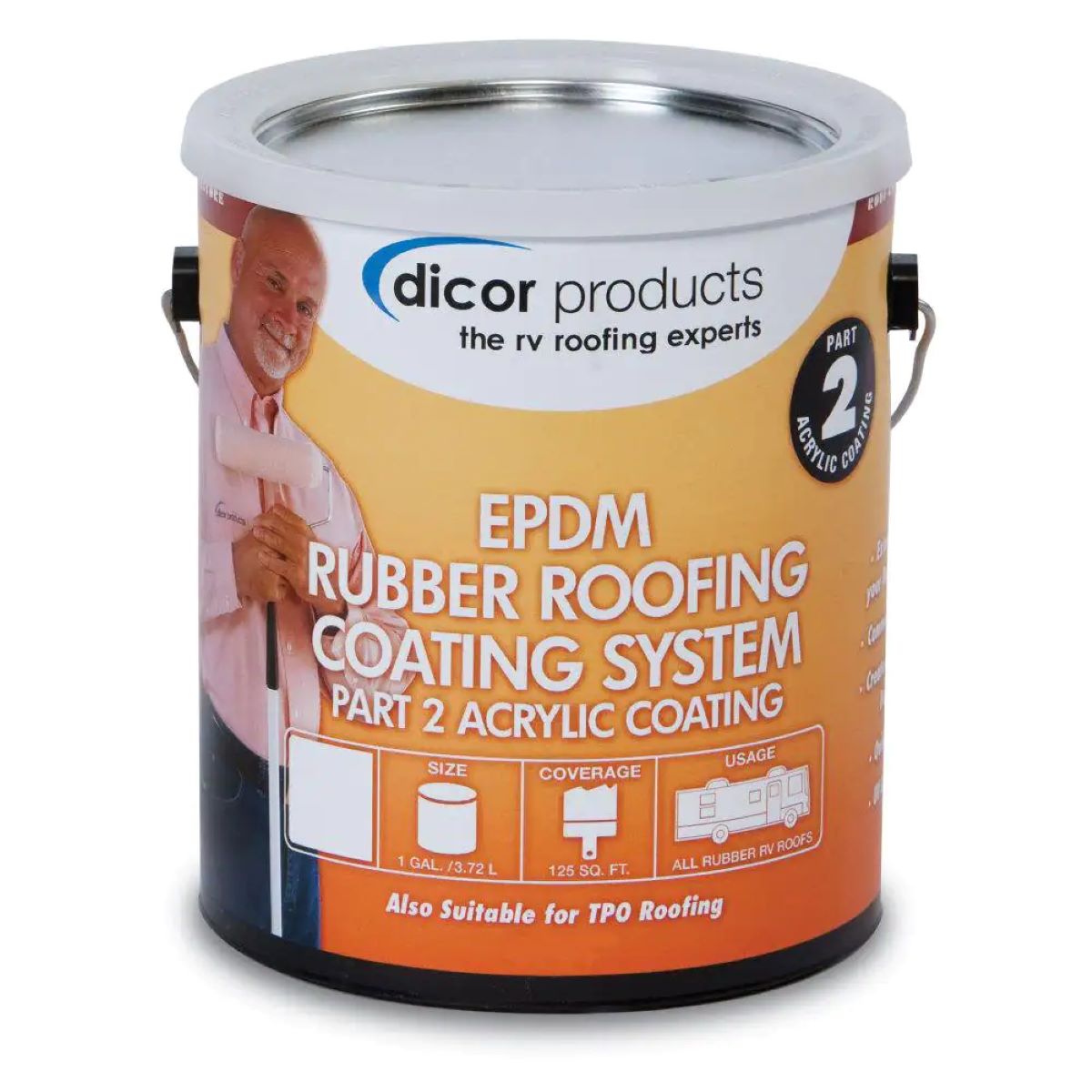
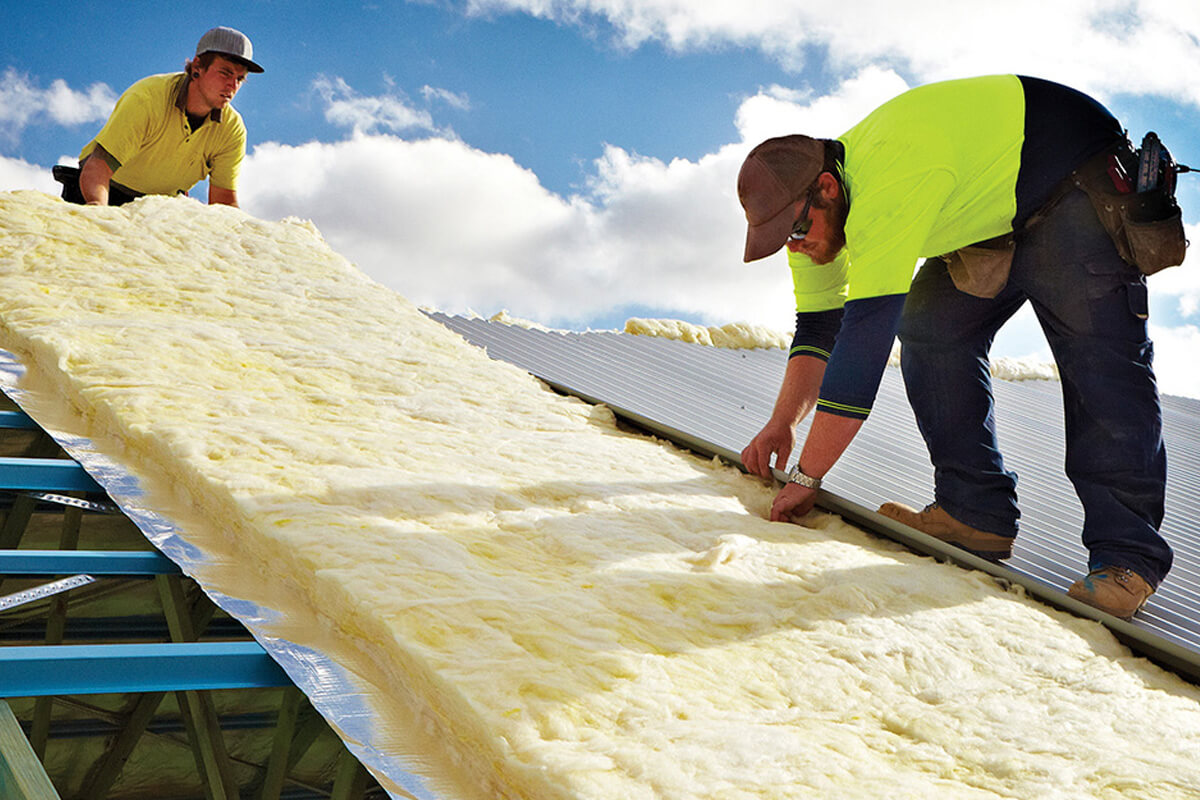
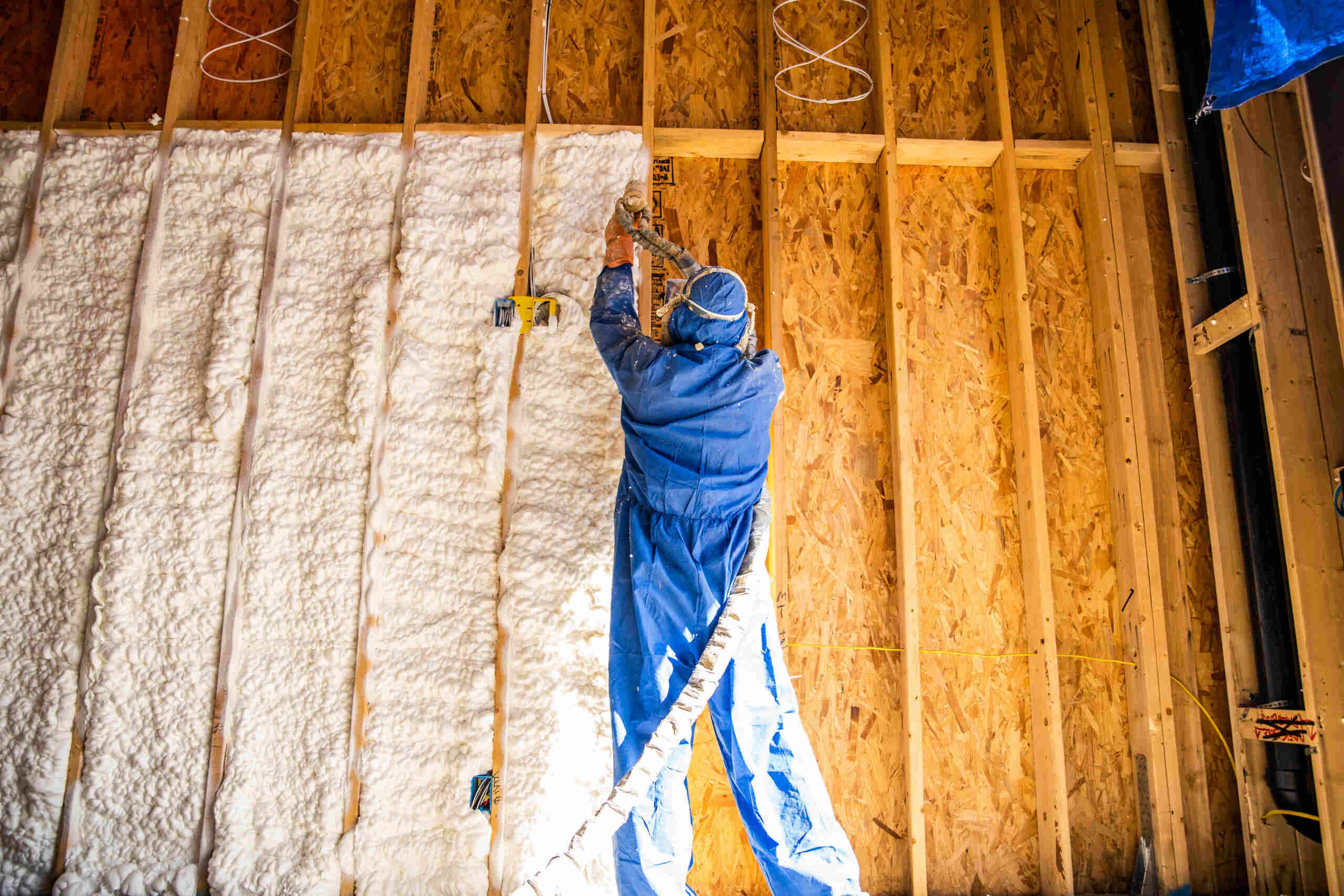
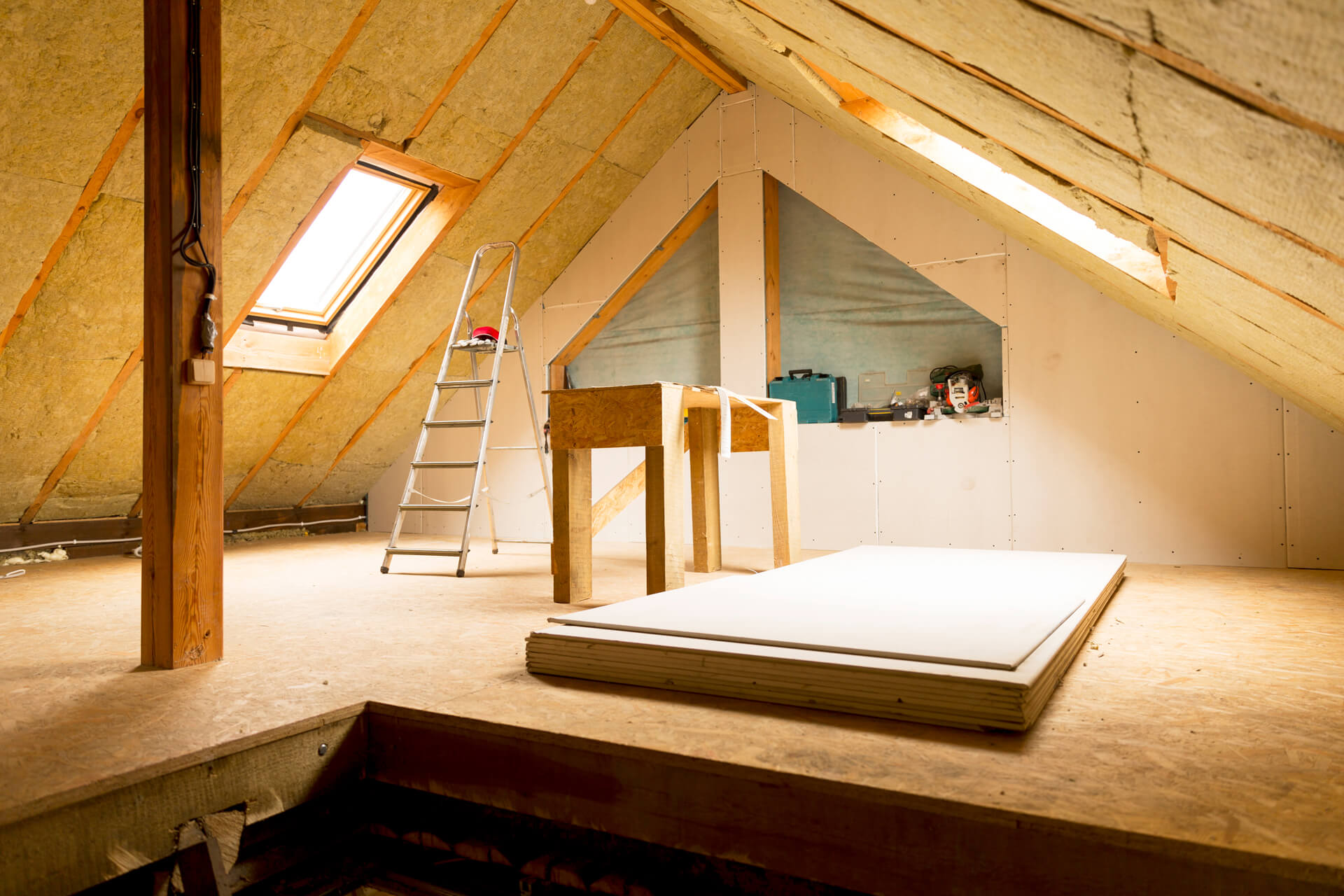
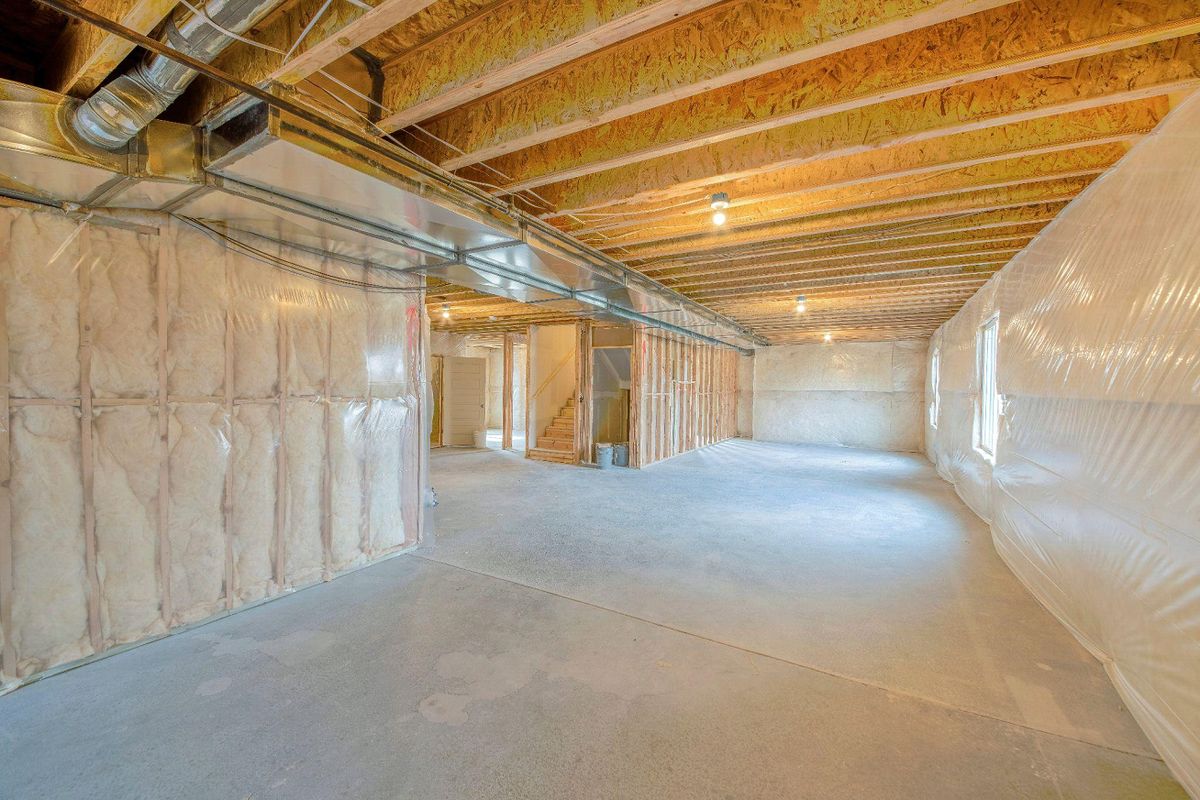
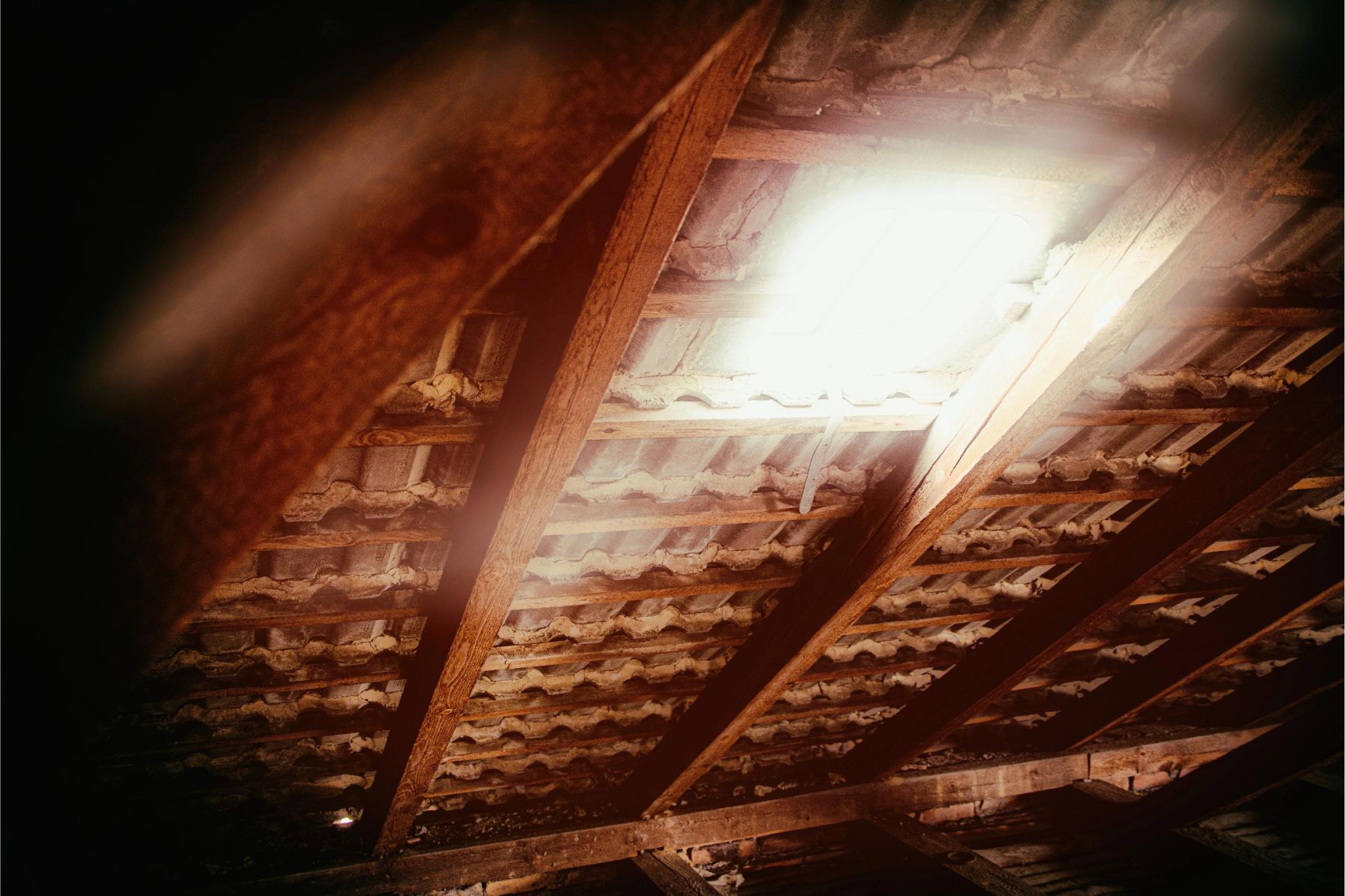
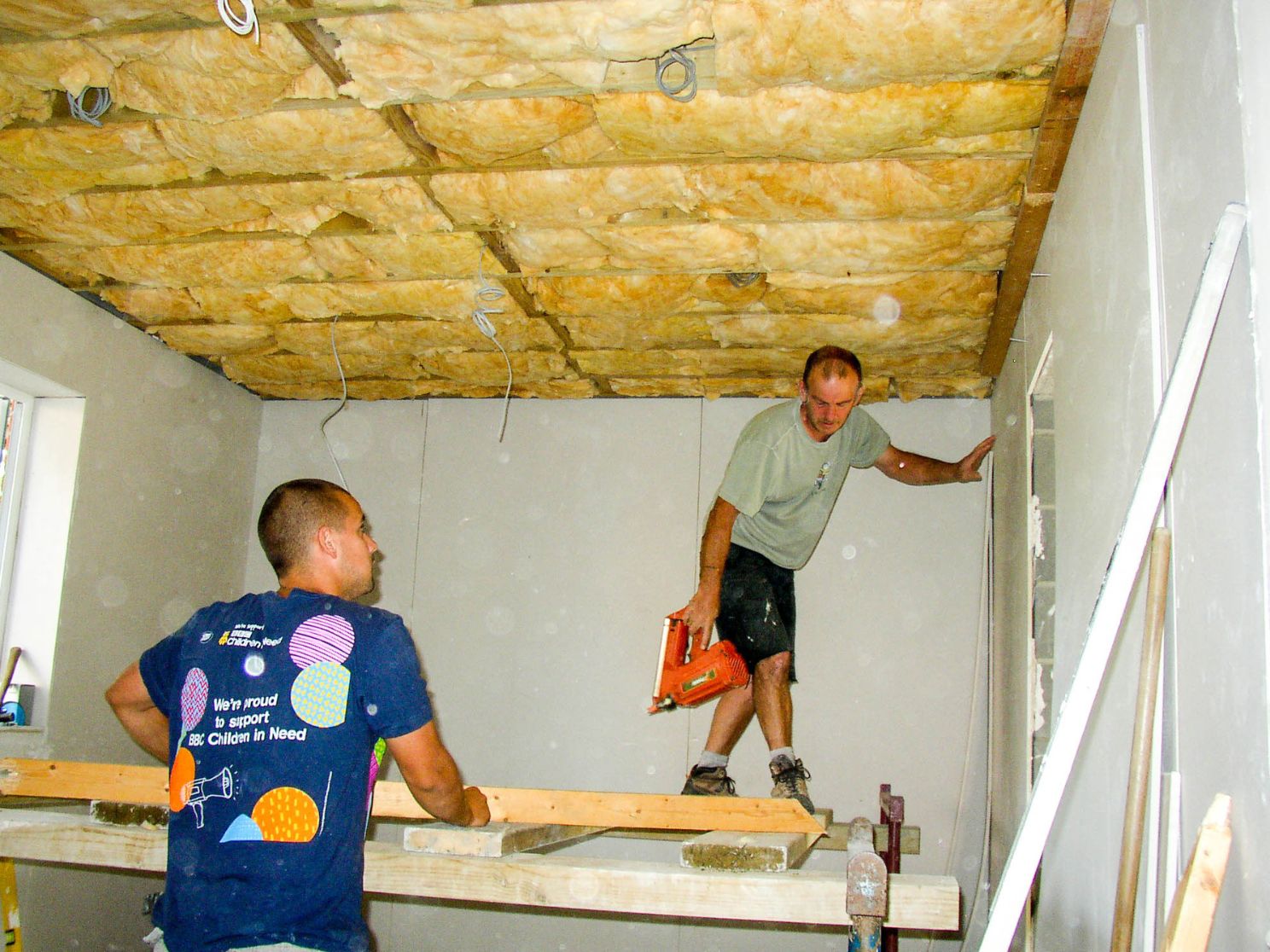
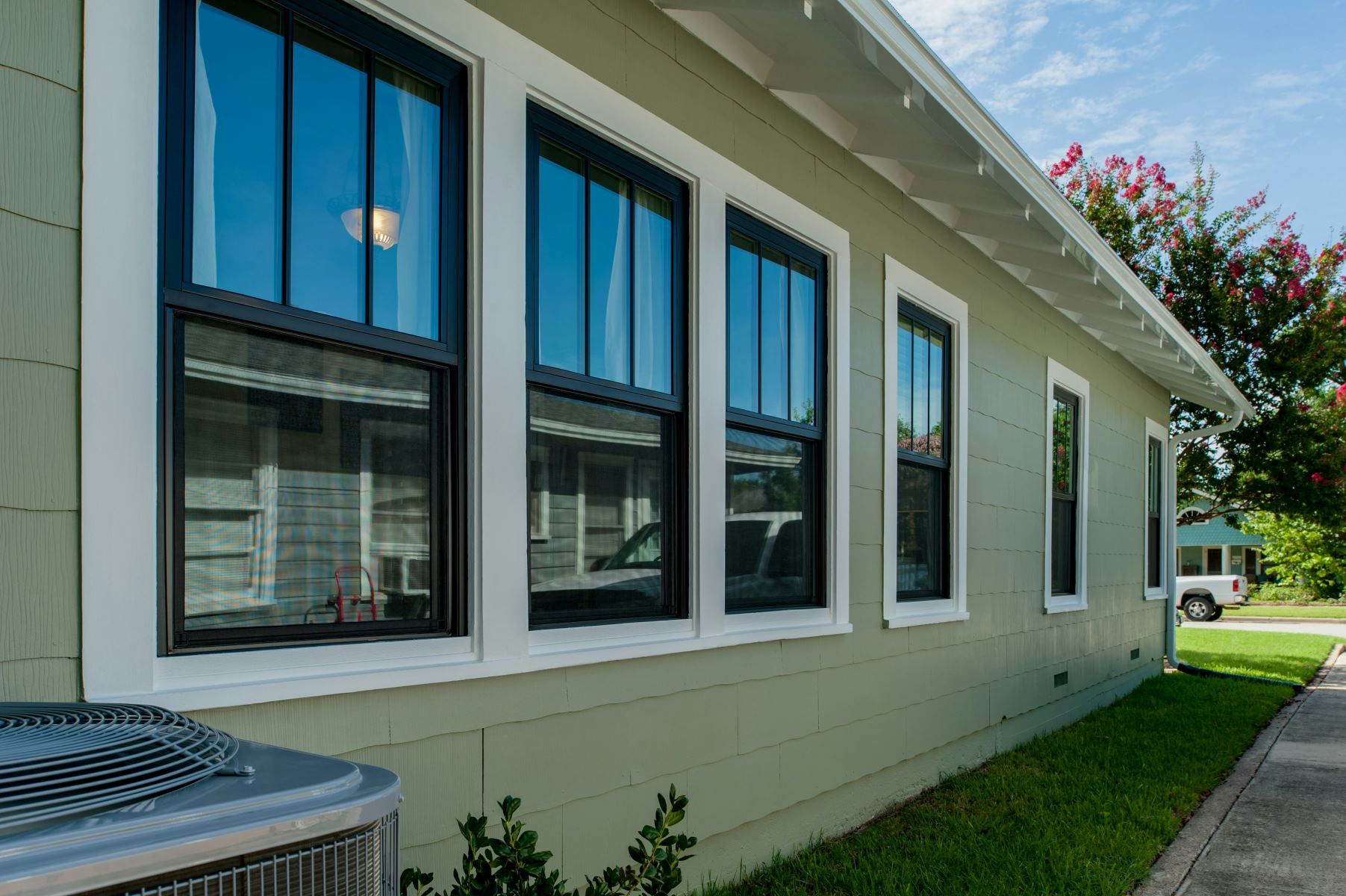

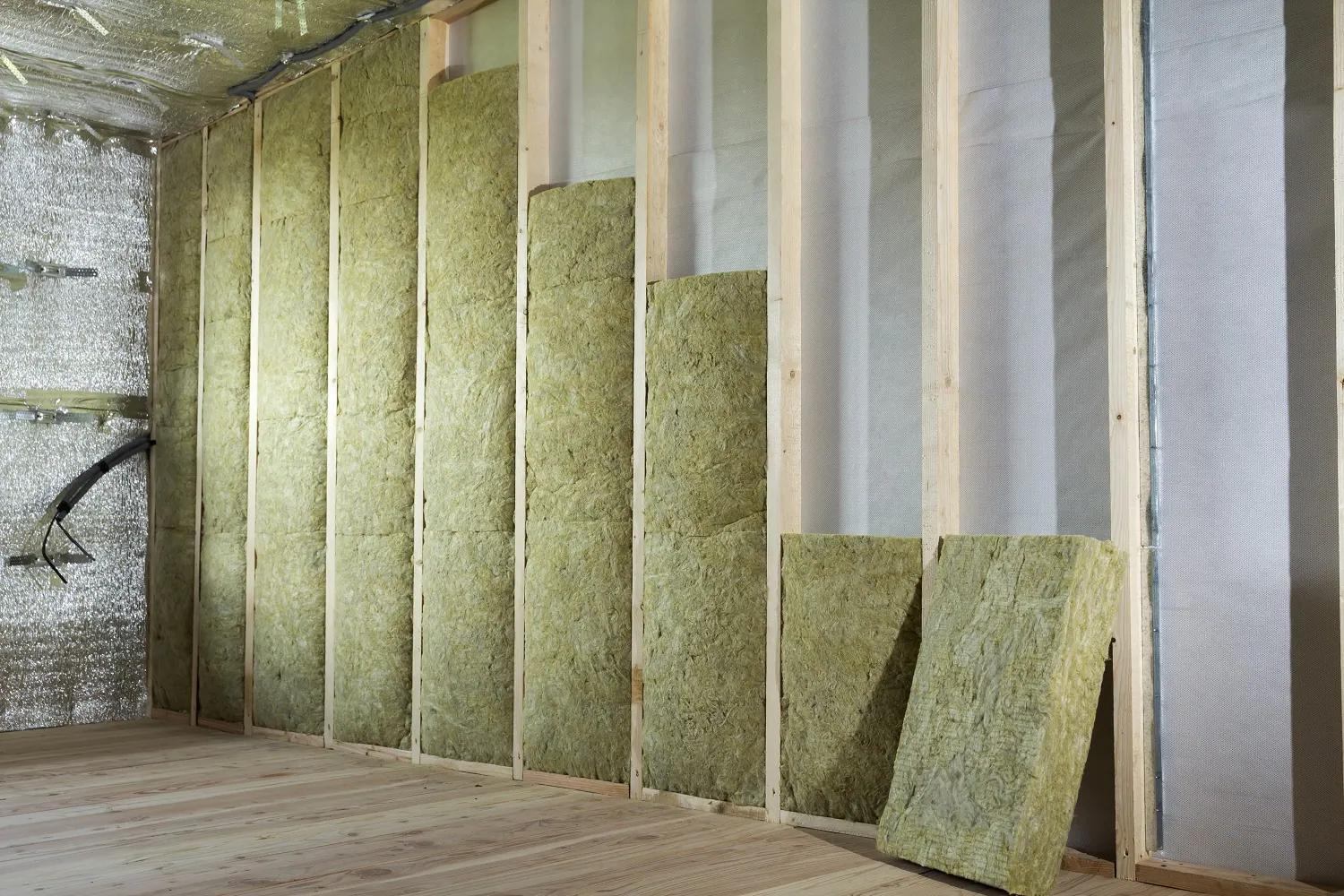
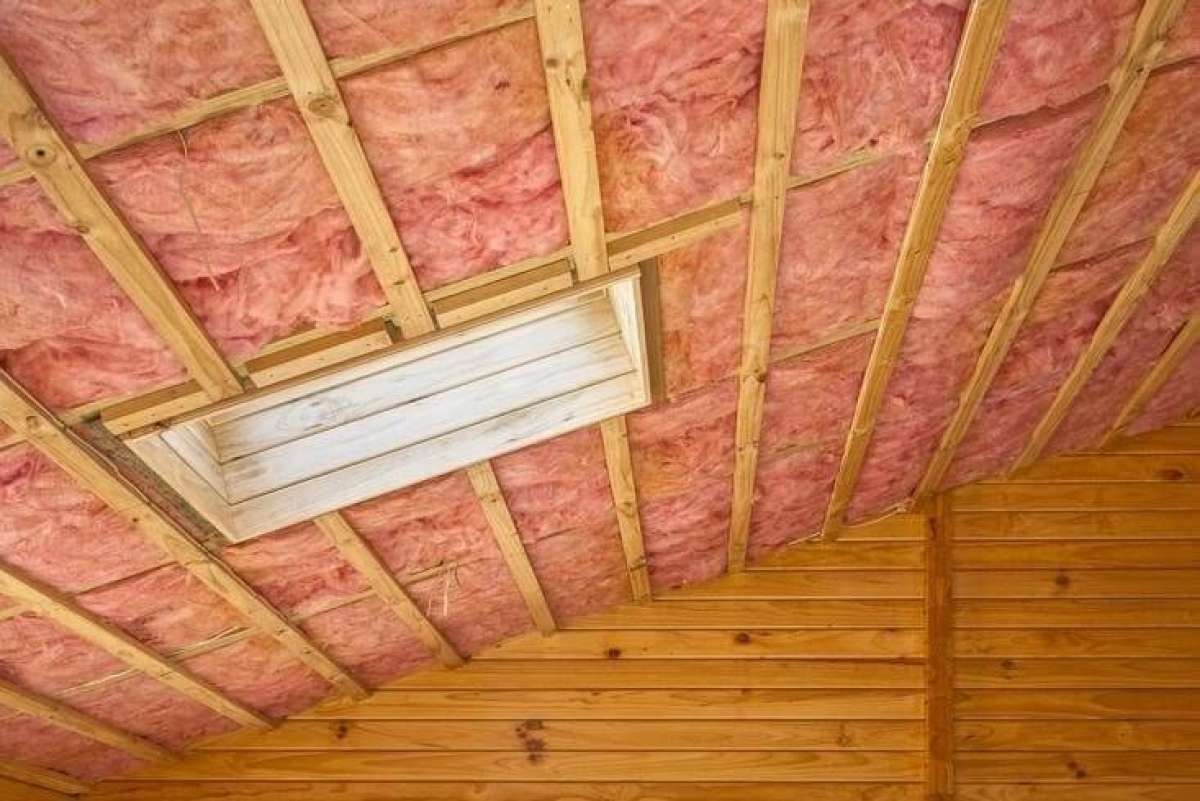
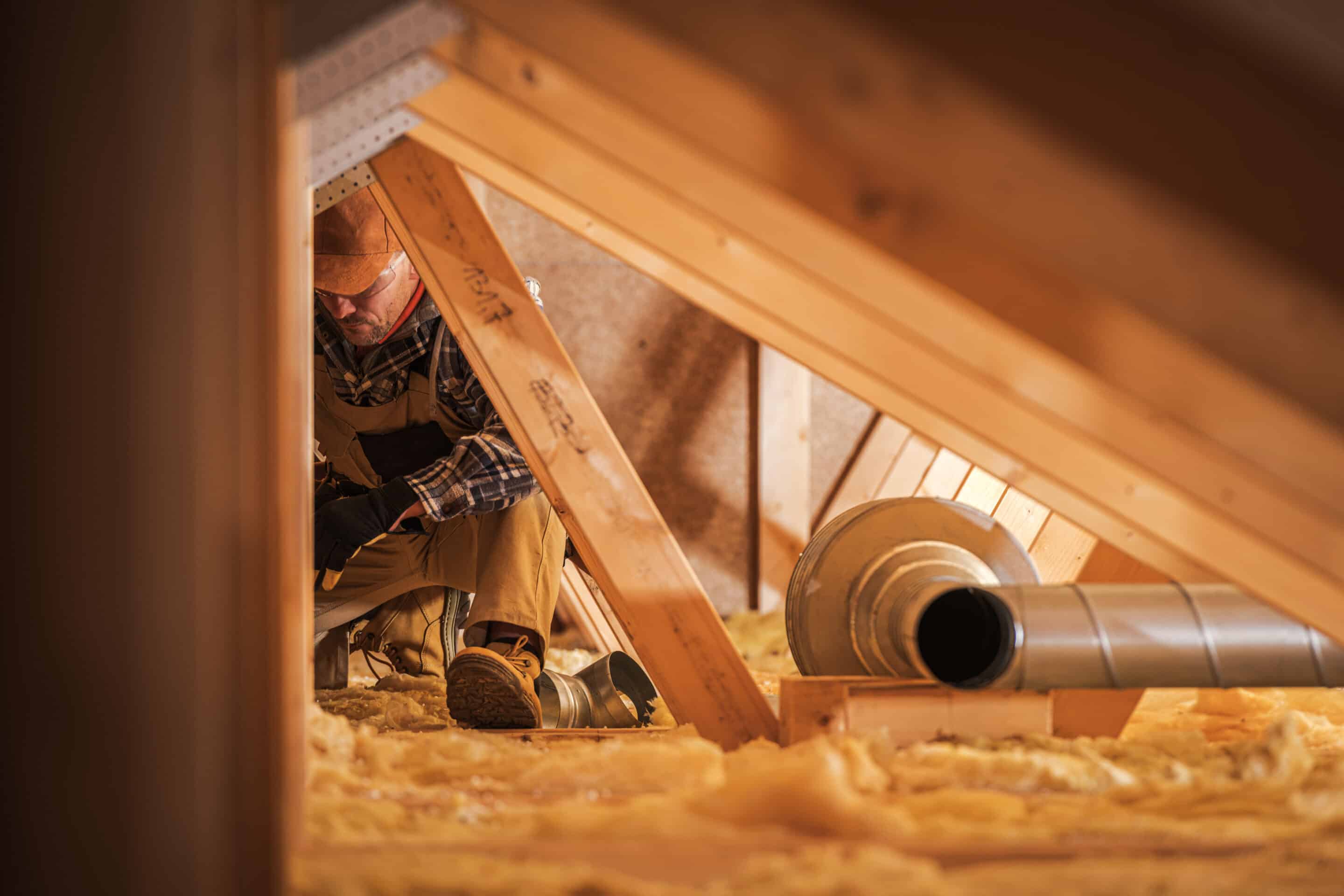
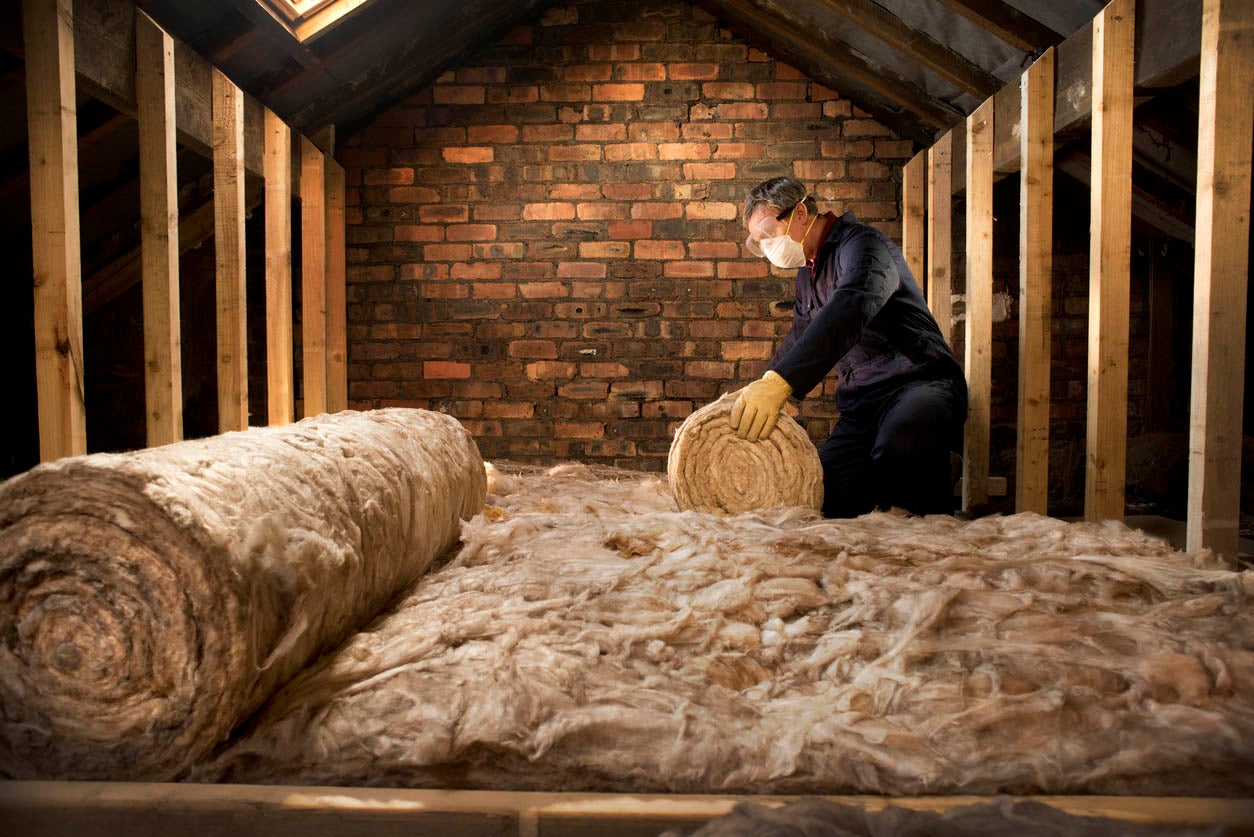

0 thoughts on “Why Are Materials Such As Glass And Rubber Good Insulators”